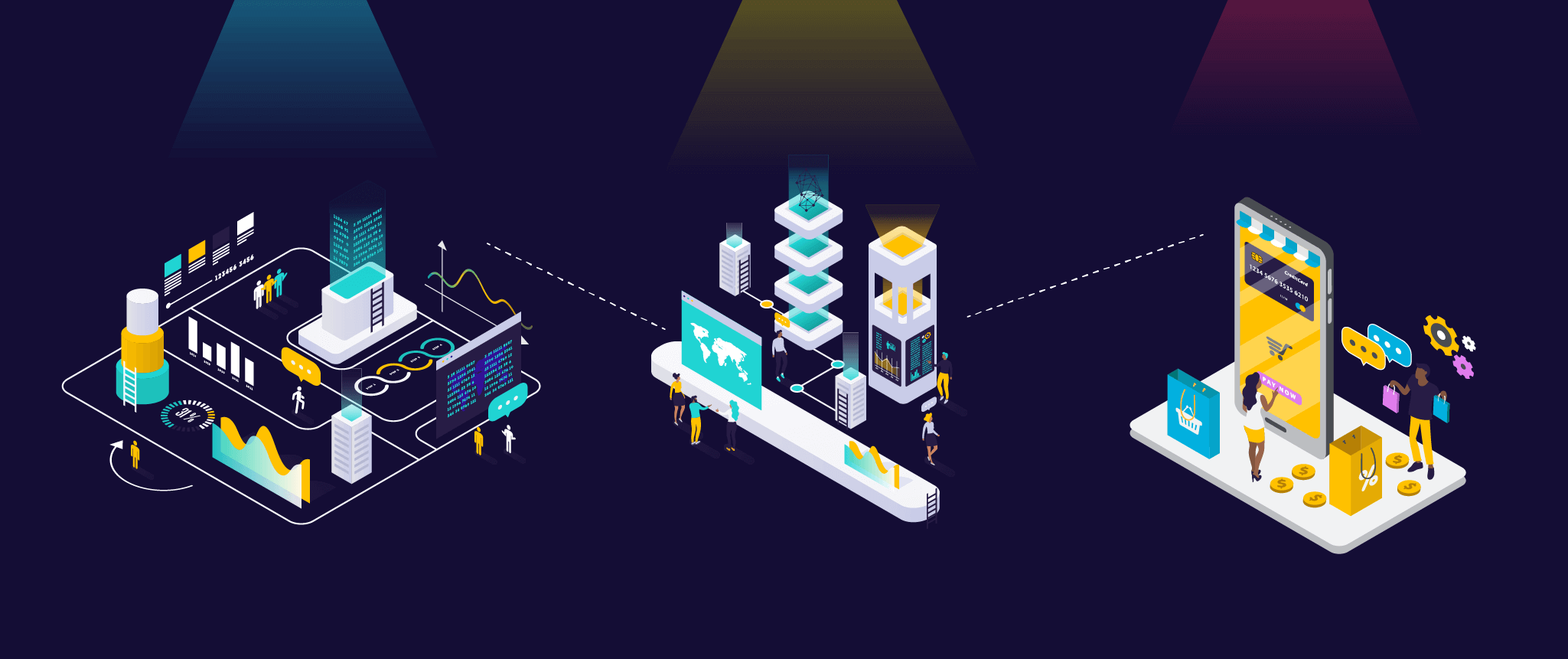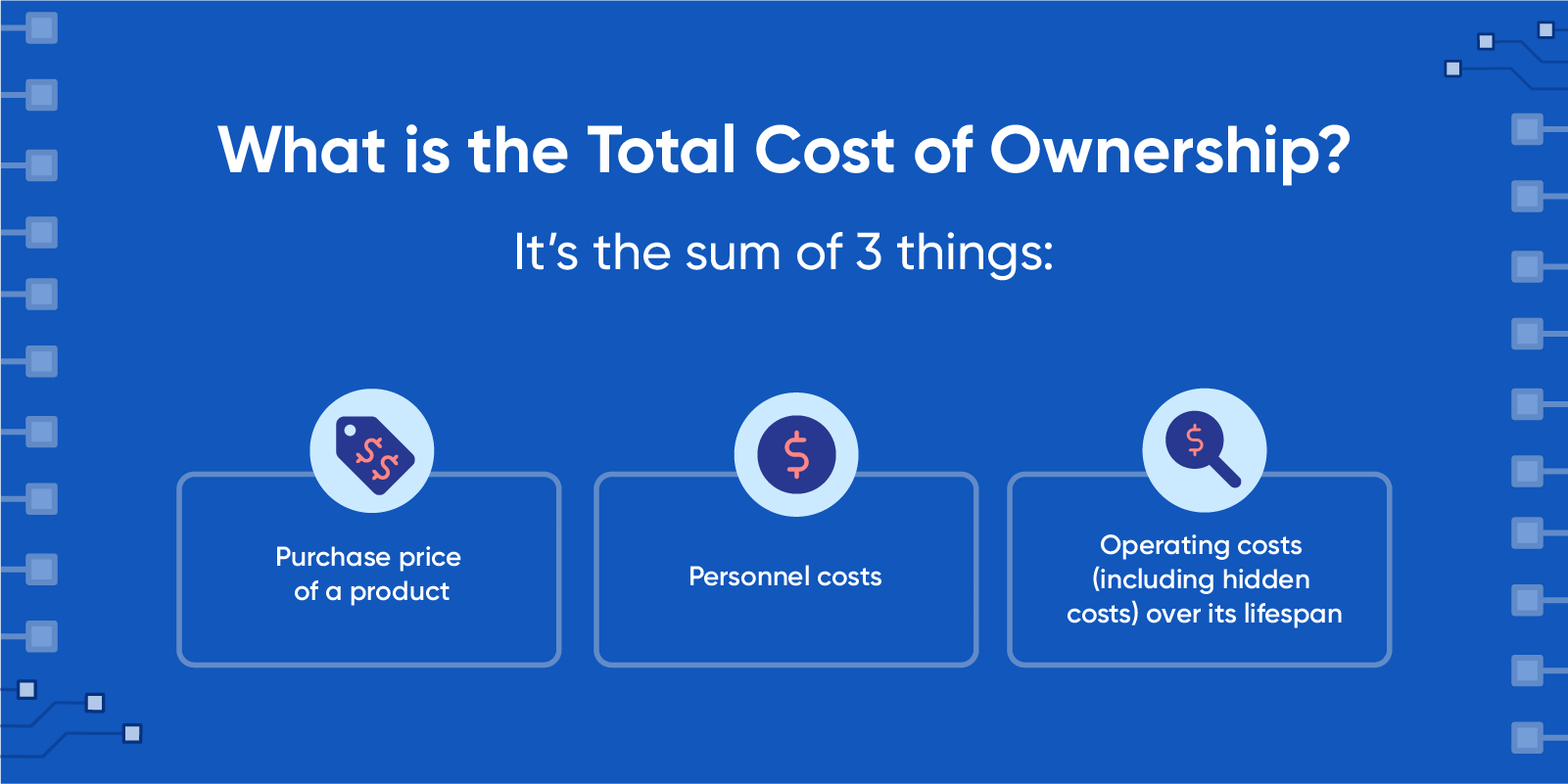The economic effects of this health crisis are staggering. Marketing organizations across the country (and indeed the rest of the world) are reeling from them.
The total number of unemployment claims in the US reached a whopping 42.5 million from the months of April to June.* In IT alone, April 2020 saw 102,300 layoffs in the US.*
And because tools and software are probably one of the easiest costs to cut, many martech platforms have started reducing costs and even suspending billing in order to keep serving their customers.*
According to Gartner’s CMO spend survey, marketing technology represents more than one-fourth of total marketing expenses* — making it an obvious choice for cuts.
But as you consider the various opportunities for cost optimization, just remember there are several ways to go about cost-cutting in the area of tools and business software.
Cost Optimization: Audit Your Tools’ Impact On the Big Picture
The first step is always to find out how the marketing technology you use impacts the way your organization functions. This requires an in-depth audit of your martech stack and every moving piece in the network of software tools you use.
How does each tool help you reach your KPIs? How frequently is each tool used on a weekly/monthly/quarterly basis? How many teams/people make use of it? And does it impact the way you deliver your marketing services?
One of the simplest ways to begin an audit like this is to have everyone on your marketing team list the tools they use on a daily basis and collate that data into a shared database, taking special note of cost, number of users, and which processes these tools impact.
The audit should provide you with a clear list of the technologies you have licensed and how they contribute to the bottom line.
Find Opportunities With Existing Vendors
Before pulling the plug on a service, explore the options you have with your existing vendors. You will have to get in touch with them anyway to explain the situation, so you may as well use the chance to look at the functionalities and features that your organization HASN’T used yet. Or look at additional services that may help cover for the tools you plan to let go.
A discussion with a vendor you’re choosing to remove may yet be fruitful. Watch for opportunities to negotiate better terms for the tools you currently pay for. You may also be able to ask for discounts or deferred payment options. This discussion may result in a win-win situation for both of you — your vendor gets to keep a paying customer, and you get a more effective tool or get better payment terms for your contract.
Minimize Potential Impact: Test Before Turning It Off
Just like A/B testing the impact of a marketing campaign, you need to limit the potential damage that may happen to your processes when a software or a platform is turned off. And the only way to discover that effect is to run a test.
Do a quick dry run of your process without that tool or platform. Measure the impact it has on your team and their output. Take note of the unanticipated problems that arise — because for sure, problems will appear whether you like it or not.
The data you gather from this dry run will help inform your decision about whether it makes sense to cut out the tool you’re considering.
Consolidate Tools Under One Vendor
A major tactic to use for cost optimization is consolidation. If a tool or a platform can do more than one thing for you, then your ROI is greatly improved. You need to look for opportunities to maximize the functionalities of the tools you already use. If it can do several things or if an added feature can replace other tools you use, then that’s one less tool to pay for.
A prime example that we see a lot of in the marketing space: organizations having multiple tools for analytics, segmentation, and then engagement. If there’s a platform you can use that puts everything under one roof and one monthly bill, then that’s an immediate way to optimize your marketing ROI.
Look at Total Cost of Ownership
In line with consolidating your tools, remember to look into the total cost of ownership of your marketing technology.
Total Cost of Ownership refers not just to the purchase price of a service, but also to the personnel costs involved in using and maintaining the tool, plus whatever hidden operating costs may appear with every billing statement. In short, there are long-term maintenance and hidden costs for every software you buy. And many vendors may not be transparent about those costs in the rush to sign you up.
When it comes time to assess your tech stack, take into account your TCO and look at the hidden or add-on costs that you are paying for.
A prime example: does your monthly bill for engagement also take into consideration the cost of sending each push notification or SMS? Ideally, your platform should have a specialized relationship with email or push vendors so you don’t have to pay the retail cost of each push or SMS or email. Because that is a staggering hidden cost when you communicate with millions of users.
A good rule of thumb is to go with the platform with the lower TCO. It will give your organization better value in the long run.
A Platform That Delivers Exceptional Value and Lower TCO
If you really want to optimize your martech costs, then you’re in the right place. CleverTap offers a complete platform for mobile user analytics, segmentation, and engagement without hidden costs. We’re transparent with what you get for every dollar spent, and reduce your Total Cost of Ownership while delivering comprehensive tools.
Try a test run today and find out why 8,000+ brands around the globe use our tools.

See how today’s top brands use CleverTap to drive long-term growth and retention
Shivkumar M 
Head Product Launches, Adoption, & Evangelism.Expert in cross channel marketing strategies & platforms.
Free Customer Engagement Guides
Join our newsletter for actionable tips and proven strategies to grow your business and engage your customers.














































